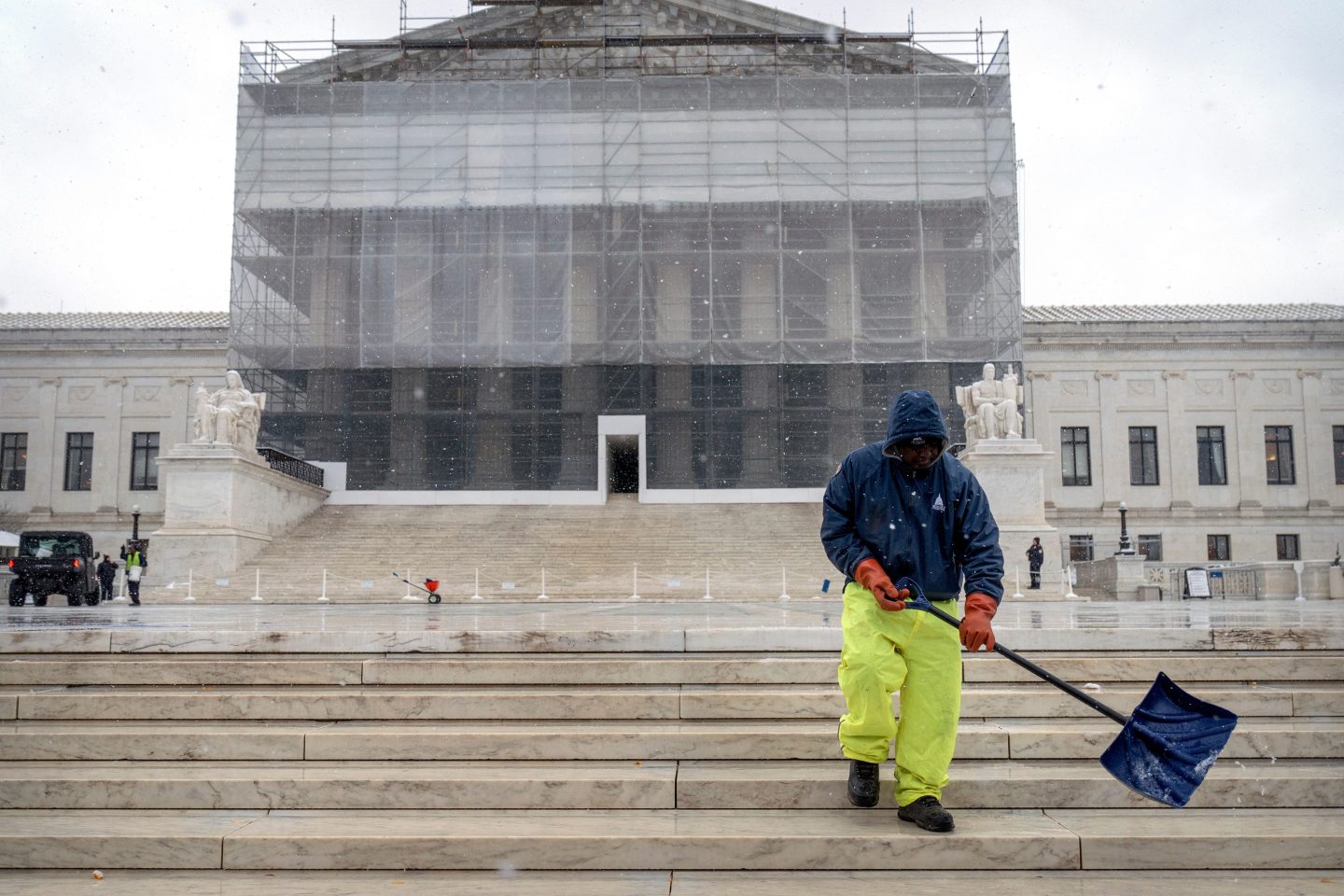Don’t count your TARP profit eggs before they’re hatched.
That’s the message of a report released Thursday by the top federal bailout watchdog, Neil Barofsky, the special inspector general for the Troubled Asset Relief Program.

Barofsky’s report focuses on the special aid extended to Citigroup (C) during the 2008-2009 financial meltdown. The government recently sold the last of its Citi stock and has been saying taxpayers made $12 billion on the bailout of the No. 3 U.S. bank.
Barofsky accepts that figure and concludes that the government largely succeeded in looking out for taxpayer interests in the Citi bailout.
But he warns that the act of propping up the banks and keeping their managers in place will inevitably push some bankers to take on risks that we won’t fully appreciate till too late.
“The ultimate cost of bailing out Citigroup and the other ‘too big to fail’ institutions will remain unknown until the next financial crisis occurs,” Barofsky writes.
To be sure, the news is mostly good. Barofsky says the government’s decision to lend $20 billion in new capital and insure against the collapse of a $300 billion-plus securities portfolio at Citi “not only achieved the primary goal of restoring market confidence in Citigroup, but also carefully controlled the risk of government loss on the asset guarantee.”
But the SigTARP report also warns about the moral hazard created in the bailouts of Citi and rivals such as Bank of America (BAC), and questions the ad hoc nature of bailout decisions.
The report says that without firm guidelines to limit the use of bailouts and hold bankers accountable for their failures, taxpayers will find themselves on the hook for costs that will emerge only in the next meltdown. In a crisis, after all, everything looks like it needs to be bailed out.
“While there was consensus that Citigroup was too systemically significant to be allowed to fail, that consensus appeared to be based as much on gut instinct and fear of the unknown as on objective criteria,” Barofsky writes.
Interestingly, Barofsky paints Treasury Secretary Tim Geithner as opposing the creation of a standing plan for judging bailout needs. That’s noteworthy because Geithner has been portrayed in crisis accounts as tirelessly badgering underlings to the effect, even in cases as hopeless as the collapse of Lehman Brothers, that “plan beats no plan.”
Here’s Barofsky:
Such concerns could be addressed at least in part by the development, in advance of the next crisis, of clear, objective criteria and a detailed road map as to how those criteria should be applied. Treasury Secretary Timothy F. Geithner told SigTARP that he believed creating effective, purely objective criteria for evaluating systemic risk is not possible, saying “it depends too much on the state of the world at the time. You won’t be able to make a judgment about what’s systemic and what’s not until you know the nature of the shock” the economy is undergoing. He also said that whatever objective criteria were developed in advance, markets and institutions would adjust and “migrate around them.”
Barofsky himself comes off as puzzled by that claim, saying:
SigTARP remains convinced that even if some aspects of systemic significance are necessarily subjective and dependent on the nature of the crisis at the time, an emphasis on the development of clear, objective criteria in advance of the next crisis would significantly aid decision makers burdened by enormous responsibility, extreme time pressure, and uncertain information. It is also imperative that [the Financial Stability Oversight Council created by the Dodd Frank Act] not simply accept the adaptability of Wall Street firms to work around regulation, but instead maintain the flexibility to respond in kind.
The Treasury didn’t immediately respond a call seeking comment.











